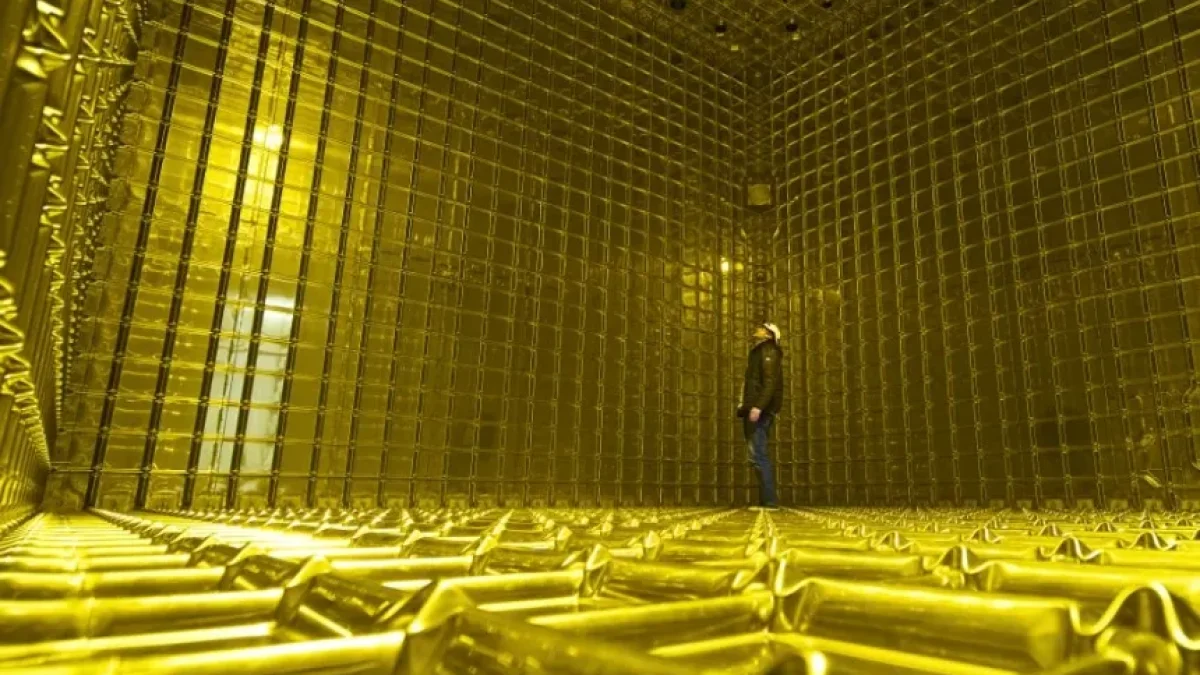DUNE: New Frontiers in Neutrino Research


Research into subatomic particles has taken a significant leap thanks to the DUNE project (Deep Underground Neutrino Experiment). This ambitious initiative aims to unravel the mysteries surrounding neutrinos, these elusive and poorly understood components of matter. In this article, we will explore the key details of this project and its potential to revolutionize the field of physics.
What is DUNE?
DUNE is an international collaboration that brings together scientists from various disciplines to study neutrinos, particles that, despite being abundant in the universe, are extremely difficult to detect. This experiment will primarily take place at the Sanford Underground Research Facility, located in South Dakota, where the neutrino detectors will be positioned approximately 1.5 kilometers underground. This depth level helps reduce interference from other particles, facilitating the observation of neutrinos.
Project Objectives
The main goal of DUNE is to understand the properties of neutrinos, particularly their oscillation, a phenomenon that allows these particles to change type as they travel. Scientists hope to obtain answers to fundamental questions about how matter behaves under extreme conditions and explore why there is more matter than antimatter in the universe.
Moreover, DUNE aims to investigate the nature of neutrino mass. This aspect is crucial for better understanding the Standard Model of particle physics, which has so far failed to fully explain the origin of mass for these particles.
Read also
The Technology Behind DUNE
The DUNE experiment utilizes innovative technology that includes liquid argon detectors. These will be filled with argon that, when interacting with neutrinos, will generate small signals that can be measured. The project will have a 40-kiloton argon detector, which is essential for its operation.
The initiative also involves the construction of a neutrino beam that will be generated at Fermilab, located in Illinois, and will travel to the lab in South Dakota. This beam system will provide data on the quantity and type of neutrinos generated and how they interact upon reaching the detector.
Implications for Science
The results obtained from DUNE are eagerly awaited by the scientific community, as they could shed light on some of the universe's darkest aspects. From better understanding the processes that led to the formation of matter to informing potential future technological applications.
Read also
Advances in neutrino research could also have implications in additional fields, such as astrophysics, where understanding these particles may help decipher phenomena like supernova explosions and black hole formation.
Conclusions
DUNE represents a significant milestone in modern physics, opening new frontiers in neutrino research that could transform our understanding of the universe. As this project progresses, scientists hope it will provide answers that have eluded the community for decades.
If you wish to continue exploring topics on science and technology, I invite you to read more news of this kind on my blog.



















